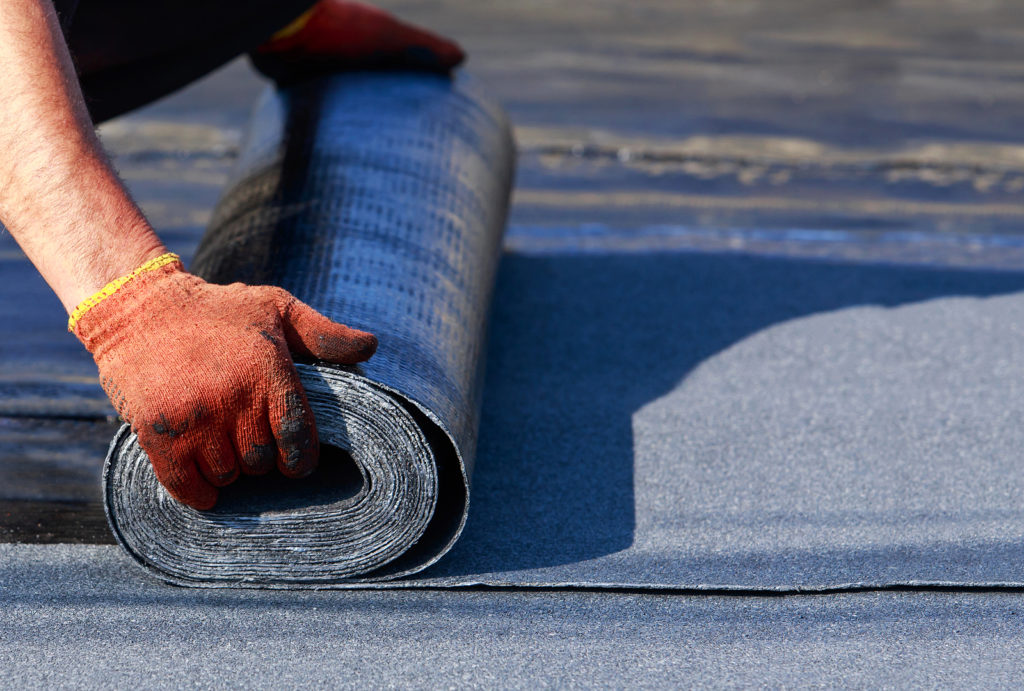Everything You Need to Know About Rubber Roofing

Rubber roofing, which is also known as an EPDM roof, is commonly used for flat roof systems due to its easy installation as well as low cost and maintenance. Here’s everything you need to know about rubber roofing.
What are the Advantages?
The benefits of installing an EPDM roof are numerous, including easy installation and repairs, low maintenance and resistance to damaging weather events such as wind and snow. Rubber roofing is also formulated from recyclable materials, which makes it an environmentally friendly option. As an additional benefit, it can be recycled at the end of its life.
What is its Lifespan?
An EPDM roof will typically last for up to 50 years if treated properly. Because rubber roofing is laid in a single sheet, it has fewer seams and therefore lowers the probability of sustaining damage due to water leakages. Furthermore, many rubber roofing materials are resistant to UV rays, high winds and hail. It’s important that you enlist the help of a professional during the installation process to ensure that your roof lasts for as long as possible.
What are the Color Options?
The majority of rubber roofing comes in black because of its carbon makeup. However, if you prefer a white roof, titanium dioxide can be added to achieve this look. While a white EPDM roof is more expensive than a black one, it can provide additional benefits, such as greater energy efficiency and stronger resistance to UV rays and heat. You can also opt for an acrylic or latex coating on your white EPDM roof to customize the color.
How Much Does it Cost?
Although the price of installing an EPDM roof depends on factors such as the size of your property, amount of work required and additions to your roof, it’s the most affordable out of all the other roofing materials on the market.
Rubber roofing comes with numerous benefits, but you can run into problems if you try to install it yourself. Hiring an experienced professional can ensure that your roof is sturdy and long-lasting.
